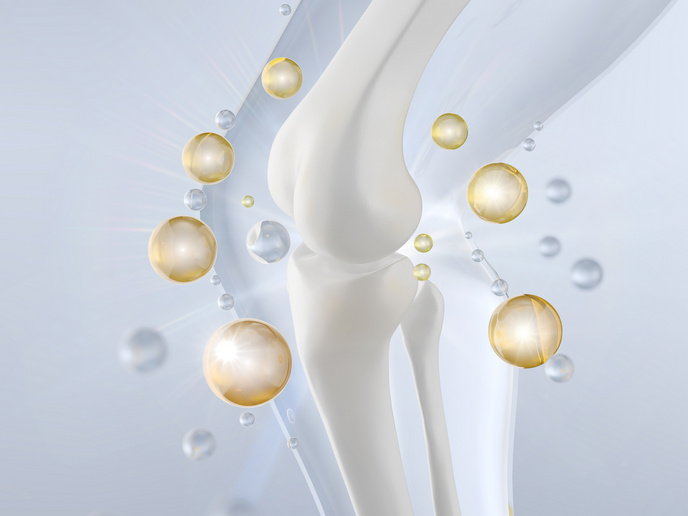Heat-treated milk with full nutritional content
Milk is an emulsion of flat globules dispersed in a skim-milk liquid. Not only is it subject to spoiling without treatment, but the fat rises to the top forming a layer of cream not well accepted by many consumers. Homogenisation (mechanically treating fat globules) makes the fat less likely to separate out of the mixture and thus enables producers to sell milk of varying fat contents without separation. Pasteurisation has been around since the 1800s. It uses temperatures just high enough to kill most harmful bacteria without altering taste and nutritional value. It extends the shelf-life of milk by a few days. High Temperature/Short Time (HTST) pasteurisation commonly increases shelf-life from two to three weeks. It is among the most common forms of pasteurisation used by the dairy industry. Ultra-high temperature (UHT) pasteurisation completely sterilises a product. It produces boxed milk that does not require refrigeration. Although it kills all bacteria, it can cause substantial changes to flavour and texture of milk as well as nutritional value. A relatively new technology called Ultra High Pressure Homogenisation (UHPH) combines the benefits of homogenisation and HTST pasteurisation. UHPH inactivates microorganisms, enzymes and viruses while increasing stability of particles in liquids. European researchers sought to develop UHPH equipment for animal and vegetable milks. Funding of the UHPH project enabled them to pursue optimisation for low energy consumption, elimination of microbes and maintenance of nutritional value as an alternative to HTST and UHT pasteurisation. Scientists developed prototype homogenisers and tested foods of interest to project partners for evaluation and comparison of various prototypes. In sensory tests, most UHPH products were better received than conventional ones while others were similarly received by both a trained panel and consumers. Overall, considering sensory results, safety profiles, physicochemical properties and allergic reactions, UHPH foods equalled or surpassed dairy products treated with other methods. Further work on the part of the consortium should be geared toward governmental acceptance by the food safety agency of each country in order to pursue commercialisation.







